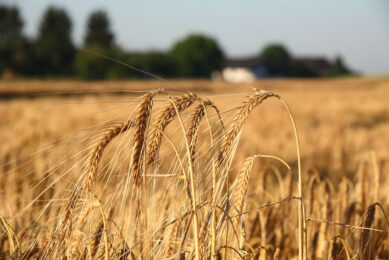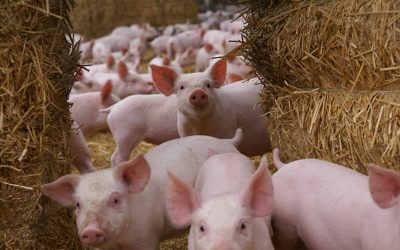European GM crop area diminishes

Fewer and fewer field trials with genetically modified plants are conducted in Europe. The only exception is Spain, where large corporations perform a series of field trials.
Very few releases are part of research and development projects from plants with new or improved properties. The widespread rejection of genetically modified plants creates a difficult environment for research and approval. As a result scientists and companies are taking different actions.
For the year 2012 in the European Union until May only 41 new applications have been submitted for release of genetically modified (GM) crops. In 2009 there were over 100 new applications, but since then the tendency is steadily decreasing.
Some 30 of the new applications for 2012 are from Spain, the remaining eleven are spread across Sweden, Ireland, Denmark, Germany, Belgium, Czech Republic, Hungary and Slovakia.
Among the 41 new applications, 27 cultivation experiments, are carried out by large companies such as BASF and Bayer with already developed GM plants and almost all take place in Spain. Tested are corn, cotton and sugar beets, which are resistant to pests or herbicides.
The other applications came with one exception from universities and public research institutions. For some it’s about basics and safety research. Only ten new releases are applied to projects in which plants are being developed with new or improved properties.
Higher vitamin content
As such at the University of Lleida in Spain, a South African sweet corn, which contains much more vitamin A, C and E than conventional corn varieties is tested.
The project will contribute to developing countries to combat widespread vitamin deficiencies.
The transgenic corn was substantially developed by scientists at the University of Frankfurt am Main.
Lower nitrogen requirements
In Sweden from 2012 to 2016 transgenic barley plants were released which need less nitrogen fertilization for their growth.
They carry two genes from Arabidopsis, which enable the plants to more efficient obtain nitrogen-containing compounds such as amino acids from the soil.
Different growth demands are also subject in Belgium where a corn variety is tested that grows higher, without producing more biomass but could be planted more densely than conventional maize.
Poplar trees, which form more biomass will be tested in Spain.
In further experiments in Spain, corn and tobacco crops are released, which have a higher sugar and starch for the production of bioethanol.
A company in the Czech Republic is conducting research into transgenic flax, of which the seeds contain more oleic acid.
Phytase rich barley
In two applications, it’s about cisgenic plants. The newly introduced genes are not strange genes, but species-specific genes. Nevertheless, these plants are considered as GM, any release must be applied for.
At the University of Aarhus in Denmark cisgenic barley was developed, which contains an additional gene for the enzyme phytase. It is now produced by genetically modified organisms and added to the diet of pigs and poultry.
With the help of the in-pant-phytase these animals can digest a much larger portion of the phytate bound phosphorus in the plants. The animal will also excrete fewer phosphorus compounds, and thus relieve the environment.
Join 26,000+ subscribers
Subscribe to our newsletter to stay updated about all the need-to-know content in the feed sector, three times a week. Beheer
Beheer









 WP Admin
WP Admin  Bewerk bericht
Bewerk bericht